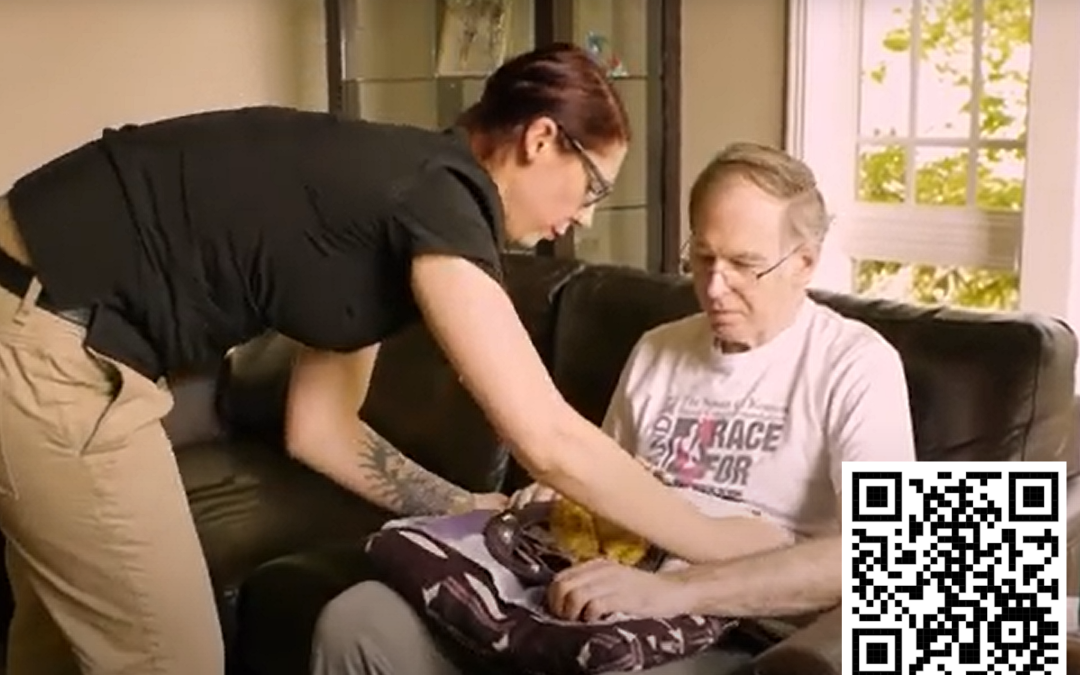This article was written by a guest contributor, John Trompeter, the owner/operator of ComForCare of Wheaton, IL.
Caring for an elderly loved one often involves a gap between perception and reality. Families may assume their loved one needs only minimal care, overlooking the emotional and social aspects of well-being.
Take a woman we’ll call Dolores, 79, who recently returned home after surgery. Her daughter, Ruth, has been helping dress and bathe her, but it’s becoming stressful. Hoping her mother will need less help soon, Ruth calls ComForCare. But, seeing that her mom seems independent, she asks for only the bare minimum of care.
However, Dolores is also lonely. Her husband passed away five years ago, and the house is quiet. While she needs only a minimum amount of help physically, companionship is just as important. We suggest more consistent care, but families often hesitate for two reasons:
- First, they assume that their mom will live many more years, and they worry about the cost. But from experience, we know that while hope may run high, reality may differ—Dolores likely has only months, or at most a year or two left.
- Second, families underestimate the value of companionship. Caregiving isn’t just about physical help—it’s about building relationships. I always remind families: whether a client is bedbound or mobile, companionship is part of our service. If a caregiver and client don’t connect, we switch caregivers. That’s a promise.
Many people don’t realize that loneliness is a heavy burden. Dolores, like many seniors, may see family only occasionally. We advocate for ongoing care to prevent isolation and improve quality of life. Over the years, we’ve followed clients into assisted living, reducing care hours while keeping spirits high.
By John Trompeter Owner/Operator, ComForCare of Wheaton

